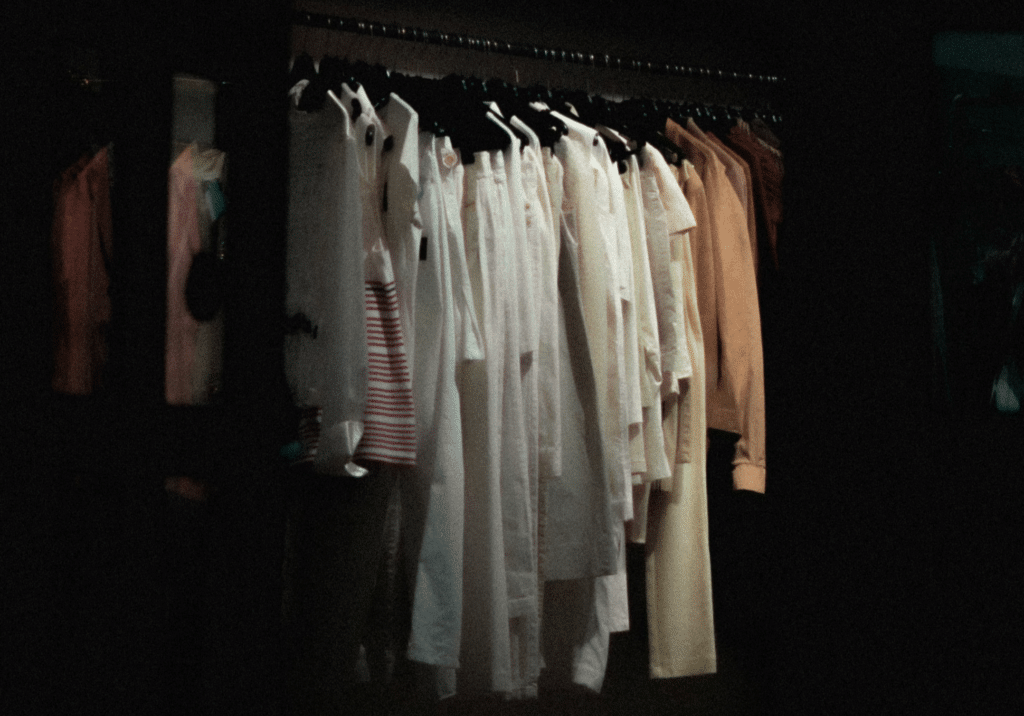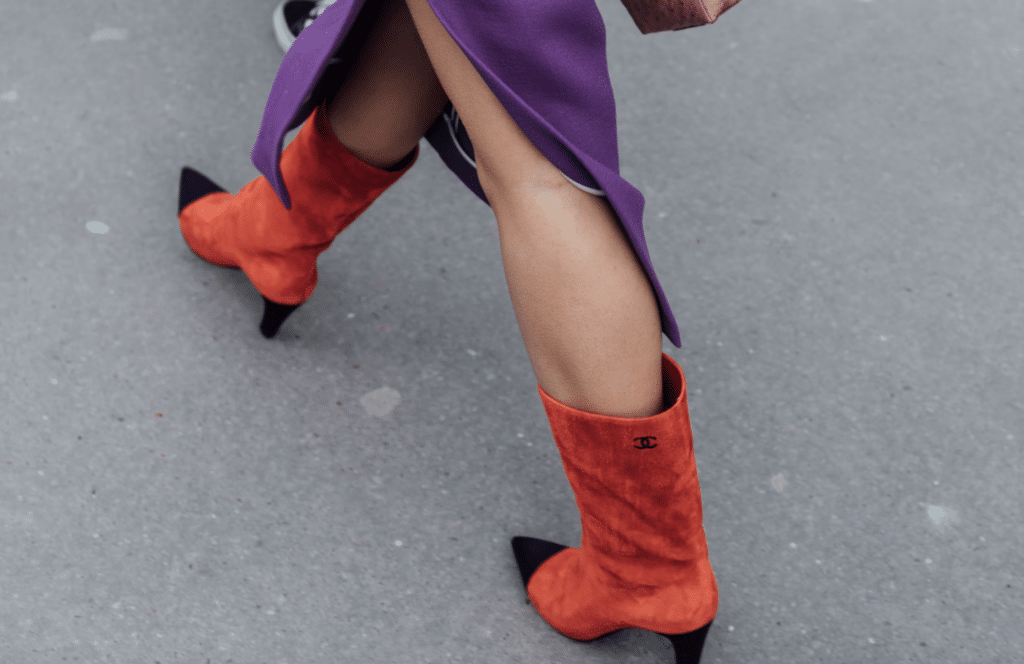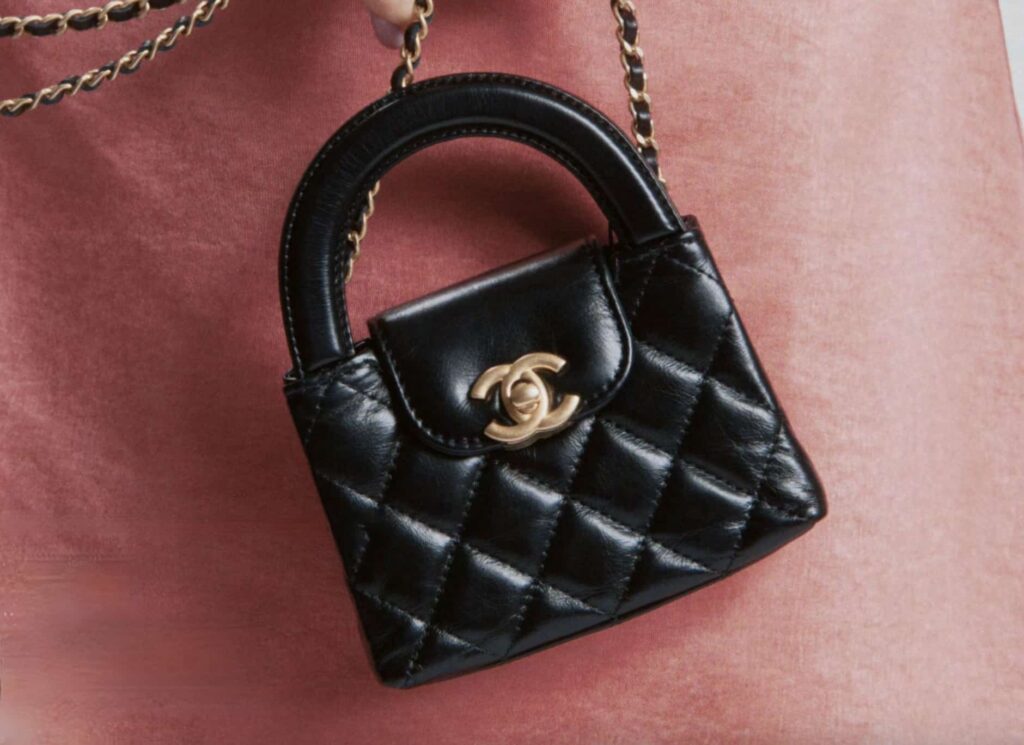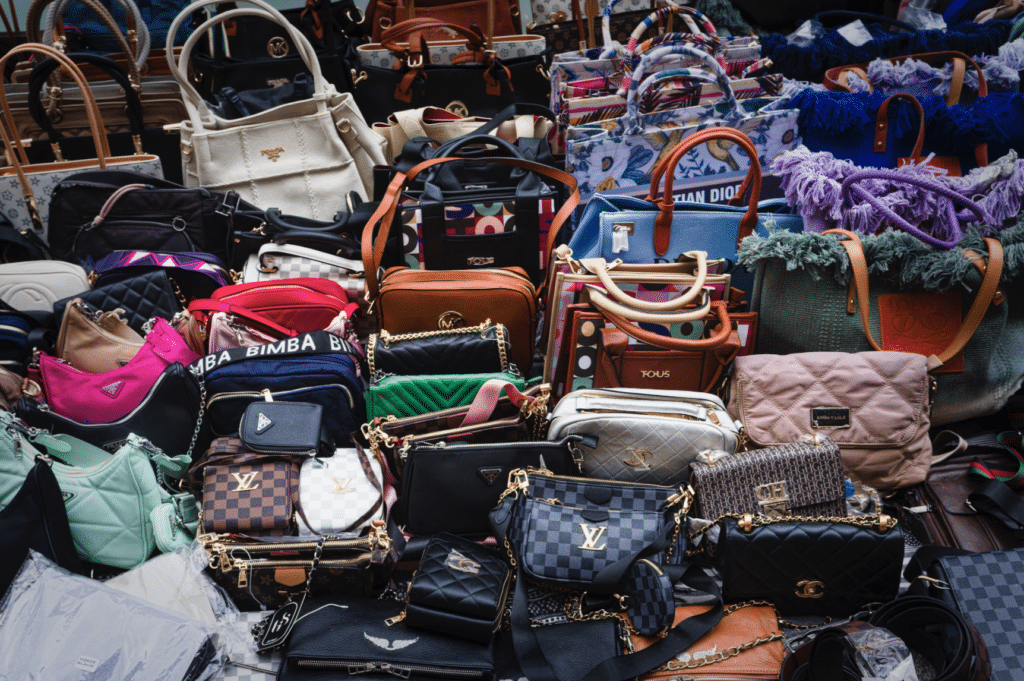Remember when Louis Vuitton enlisted Jennifer Lopez to help sell its leather goods in 2003? Or before that, when Calvin Klein’s underwear ads featured Mark Wahlberg in the 1990’s? Celebrity endorsements have long been an advertising staple in the fashion industry, and while that has not changed, what qualifies as a “celebrity” and the way in which marketers are utilizing their selling power has progressed quite meaningfully.
Both traditional celebrities – such as singers, actors, and television stars – and Instagram and other social media stars are being paid by brands to market their products and services. The latter group of individuals have found favor amongst brands for their ability to create a more “peer-to-peer experience” in the eyes of consumers, per Katharina Pesch, chief operating officer of digital market research firm Econsultancy.
They have also proven particularly powerful due to their capability to not only sway – but in some cases, essentially create new demand for – what millennials (those born between the early 1980s and 2000) and Gen Z-ers (those born sometime between 1990 and 2001) want to buy.
Not New but Different
Interestingly, what the most successful Instagram influencers are doing is not completely unheard of. In “surpassing friends and family as the primary source of fashion ideas and recommendations for millennial women,” according to recent research from Dealspotr, influencers derive most of their dominion from their ability to embody a modernized version of the traditional doctrine of word-of-mouth marketing.
What has long been deemed to be one of the most effective and trust-worthy forms of influence, word-of-mouth marketing – which is typically defined as an unpaid form of promotion in which satisfied customers tell other people how much they like a business, product or service – is so effective that market research firm Nielsen estimates that 92 percent of Americans trust it more than any other form of marketing.
In much the same way as our collective definition of “celebrity” has evolved, so have our circles of trusted confidants. In the past, word-of-mouth marketing was typically limited to those around us, namely, our family and friends, but the rise of social media – and the connectivity to affords – has served to drastically extend this pool.
Instead of asking friends about beauty preferences, no shortage of women (and men), look to their Instagram, Twitter, and Snapchat timelines for recommendations when it comes to products they already know about and are considering purchasing, as well as new discovery products.
For instance, in June 2016, “Arielle Charnas of Something Navy posted about the Peter Thomas Roth Rose Stem Cell Bio-Repair Gel Mask on her Snapchat story. Then the frenzy happened: Within 24 hours after her story went live, the post was responsible for the sale of 502 masks, or $17,565 worth of product.”
The same holds true in fashion. As influencer Danielle Bernstein told WWD, she sold “$70,000 worth of overalls were sold within the first three hours of launching [her brand] secondskinoveralls.com in October 2016. During a second smaller ‘drop’ of velvet styles last year, Bernstein sold $15,000 worth of product in 30 minutes and nearly $26,000 in two-and-a-half-hours.”
Modern-Day Word-of-Mouth Marketing
By building communities of followers – whether it be tens of thousands or millions of people – due to their regular documentation and sharing of various aspects of their lives on social media, influencers create a sense of familiarity between themselves and their followers. Last year, super-influencer Chiara Ferragni, for instance, shared a video of her engagement to Italian rapper Fedez. She has since taken to sharing her growing baby bump, complete with a sonogram video, with her followers for the past several months.
Fellow fashion influencer Negin Mirsalehi regularly includes seemingly casual photos of herself with her boyfriend and dog on her account. Julie Sarinana of Sincerely Jules is constantly taking her followers on vacation with her (via extensive photo documentation, that is), and routinely offering up bits of inspirational content for them. “Having a tough day today, but reminding myself there’s always light at the end of the tunnel,” read one recent caption.
“These [influencers] are generally posting as themselves. They share personal thoughts and what sometimes feel like intimate details of their lives. The presentation is casual and often appears very authentic. It is, in essence, how we would expect a (very polished) friend might share something with us on social media,” according to Psychology Today.
And from here, a sense of familiarity – or Instagram-induced intimacy – is born, which can segue into a modern-day word-of-mouth relationship, thereby, enabling influencers to ‘influence’ consumer preferences and purchasing behavior in ways that look and feel a lot more authentic (and less like advertising or marketing) than advertising or marketing in its traditional form.
All the while, the influencer is extending the practice of word-of-mouth marketing beyond an individual’s circle of friends to his/her social media circle.
“Word-of-mouth has always been a trustworthy tool for marketing but now, because of digital communities, it is even bigger,” explains Priyanka Mehra-Dayal, Content Marketing Manager at Fashion and Beauty Monitor.
The extension of this traditional marketing practice – complete with the requisite level of trust – from people we actually know to include virtual strangers on Instagram is more than just noteworthy in terms of consumer psychology, it is driving big business. As of 2017, influencer marketing as an industry was estimated to be worth over $1 billion, and was showing no signs of slowing. Turns out, all of those gel masks and overalls add up.











